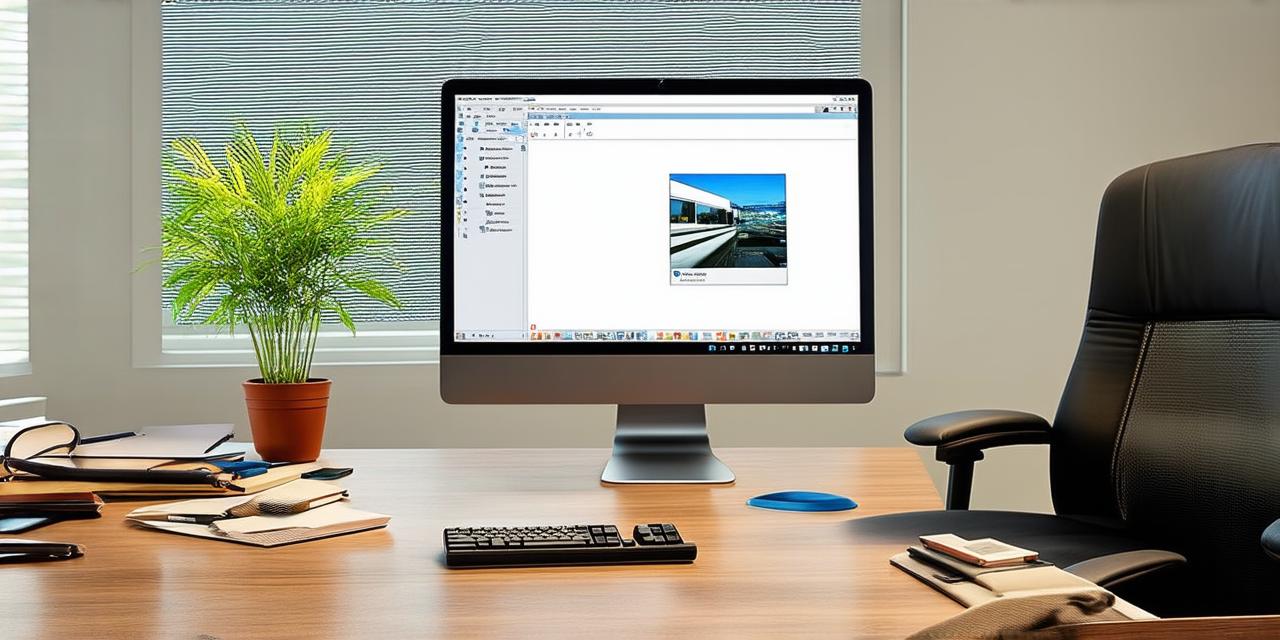Where do web designers usually work?
BlogWeb designers are professionals who create and design websites for businesses, organizations, and individuals. They use their creativity, technical skills, and artistic talent to create visually appealing and user-friendly websites that enhance the online presence of their clients.
Remote Work: The Rise of Remote Web Designers
In recent years, remote work has become increasingly popular among web designers. With advancements in technology and the availability of high-speed internet, many web designers are now able to work remotely from anywhere in the world.
This allows them to have more flexibility in their schedules, work with clients from different time zones, and avoid the distractions and stressors of working in a traditional office environment.
According to a survey by Upwork, 32% of freelancers worldwide work remotely. In the web design industry, this trend is also evident. A study by Freelancer found that 47% of web designers work remotely, with the majority (59%) working for themselves as independent contractors.
One of the main advantages of remote work for web designers is the ability to have a more flexible schedule. They can choose when and where they work, which allows them to better balance their work and personal lives. This also means that they are not tied to a specific location, making it easier for them to travel or relocate if needed.
Another benefit of remote work for web designers is the ability to work with clients from different time zones. With the rise of globalization and the availability of high-speed internet, many businesses now have an international presence. This means that web designers can work with clients from all over the world, without being limited by geographical boundaries.
However, remote work also comes with its own set of challenges. Web designers who work remotely often struggle with isolation and lack of social interaction. They may also struggle with communication and collaboration with clients and team members, as they are not physically present in the same location.
Traditional Office Settings: A Look at the Past
In the past, web designers typically worked in traditional office settings, such as design studios or advertising agencies. These environments provided a structured work environment with clear communication channels and opportunities for collaboration and teamwork.
However, traditional office settings also had their own set of challenges. Web designers may have felt constrained by the rules and regulations of their workplace, and they may not have had as much flexibility in their schedules or creative freedom.
In addition, traditional office environments were often noisy and distracting, with multiple people working on different projects at the same time. This could make it difficult for web designers to focus on their work and may have led to decreased productivity.
The Rise of Co-Working Spaces: A New Way of Working
In recent years, co-working spaces have become increasingly popular among web designers. These shared workspaces provide a professional environment that offers many of the benefits of traditional office settings, such as clear communication channels and opportunities for collaboration and teamwork.
Co-working spaces also offer greater flexibility than traditional office settings. Web designers can choose from a variety of membership plans, which allows them to tailor their workspace to their specific needs. They can also work from different areas within the co-working space, such as private offices or common areas, depending on their mood and work requirements.
Co-working spaces also offer a more vibrant and creative atmosphere than traditional office settings. They are often filled with people from different industries and backgrounds, which provides web designers with opportunities to network and learn from each other.
Case Studies: Real-Life Examples of Web Designers’ Work Environments
To illustrate the various work environments that web designers can operate in, let’s take a look at some real-life examples.
Remote Work: Sarah is a freelance web designer who works remotely from her home in Bali. She has clients all over the world and works with them to create custom websites that enhance their online presence. Sarah enjoys the flexibility of working remotely, as it allows her to work when and where she wants. However, she sometimes struggles with isolation and lack of social interaction.
Traditional Office Settings: John is a web designer who works in a design studio in New York City. He works on projects for large corporations and has a structured work environment with clear communication channels and opportunities for collaboration and teamwork. However, he often feels constrained by the rules and regulations of his workplace and may not have as much flexibility in his schedule.
Co-Working Spaces: Emily is a web designer who works in a co-working space in London. She has clients all over the world and works with them to create custom websites that enhance their online presence. Emily enjoys the vibrant and creative atmosphere of the co-working space, as it provides her with opportunities to network and learn from other professionals. However, she sometimes struggles with distractions and noise in the shared workspace.
Conclusion: Where Web Designers Usually Work? It’s Up to You!
In conclusion, web designers usually work in a variety of environments, including remote work, traditional office settings, and co-working spaces. The choice of work environment ultimately depends on the individual web designer and their specific needs and preferences.
Remote work offers greater flexibility and the ability to work from anywhere in the world. However, it can also lead to isolation and lack of social interaction. Traditional office settings provide a structured work environment with clear communication channels and opportunities for collaboration and teamwork, but they may be noisy and distracting and may not offer as much flexibility.
Co-working spaces provide a vibrant and creative atmosphere, but they may be distracting and noisy. Ultimately, the choice of work environment is up to you, web designer. It’s important to consider your specific needs and preferences when making this decision, so that you can choose an environment that supports your creativity, productivity, and overall well-being.
